Electric vehicles (EVs) could provide crucial power storage to support the generation of renewable energy, using vehicle-to-grid (V2G) technology.
A renewable-powered grid needs a backup energy source for when the sun isn’t shining or the wind blowing. Traditionally, this may have been gas, but this is now less feasible due to a reduction in Russian gas supplies.
EVs could help achieve this flexible, cheap, and independent on-demand energy grid.
Aidan McClean, CEO of UFODRIVE, said: “The answers to this problem have always been numerous and obvious, if difficult to implement at-large; battery storage, efficient grid management, supply-side control, demand-side response, and pumped hydroelectric storage are all essential. We will need to use all of these en-masse to futureproof and green our energy grid.
“However, an obvious solution has been staring us in the face: if every EV battery by 2030 could plug into and power the grid or someone’s home, Europe would have more battery storage capacity than it could ever need.”
According to Virta Global, there will be 140-240 million electric vehicles globally by 2030, which means there will be at least 140 million batteries with an aggregated storage capacity of 7TWh, or 7,000GWh.
In 2021, only 2.4GW of storage was developed in Europe, but various studies predict we’ll need around 200 GW of energy storage by 2030.
McClean added: “This still needs some work, however. At the moment, not all EVs offer a vehicle to grid option. For example, Teslas don’t yet have this capability and occasionally have declined to consider implementing it - as it could be argued that vehicle to the grid would compete with Tesla’s own Powerwall business. This must change if we want to achieve an effective net zero grid – we need unified technologies to provide solutions, not a spitefully fragmented market.
“As is so often the case – a lack of top-down policy, and a lack of care for universal accessibility by current titans of industry, is holding us back from an efficient V2G solution. We need clear, unified and brave public policy; and accessible and universal manufacturing standards; in order to embrace the technologies that are so clearly the answer to some of our biggest problems”.
A successful UK trial of Vehicle to Grid (V2G) technology connected the dots between an efficient, on-demand energy grid and the rapid uptake of electric vehicles (EVs), earlier this year. Drivers in Milton Keynes were given this technology, and at peak times were able to sell energy back –from their cars to either power their homes or the grid at large.
Through charging the vehicle during periods of low energy cost, such as at night, and powering the national grid or home during periods of high cost, users reduced energy costs by at least 40%, some to zero. Furthermore, charging the car during periods of high renewables generation and powering the home during fossil fuel generation (when renewable sources aren’t producing) allowed for reductions in carbon emissions of at least 25%, with some achieving 100% when timed correctly.



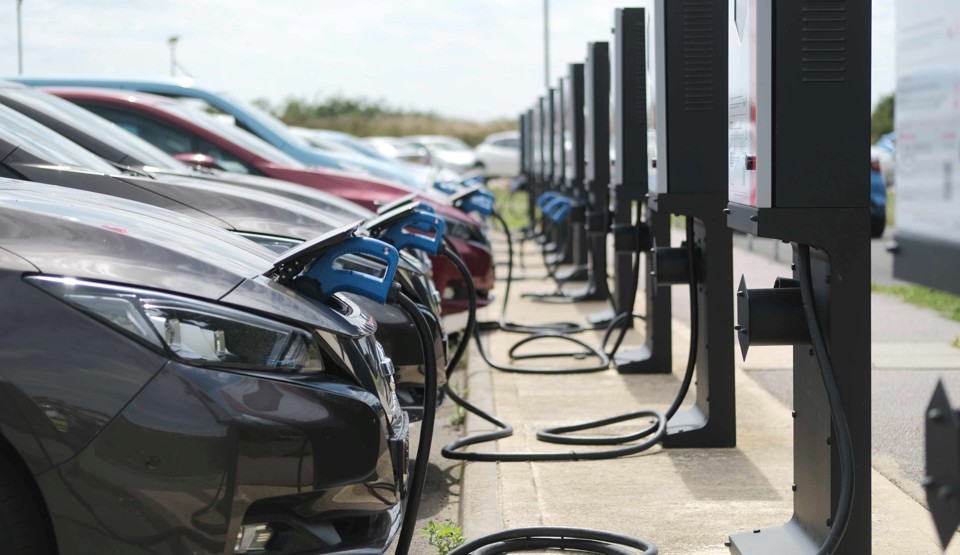



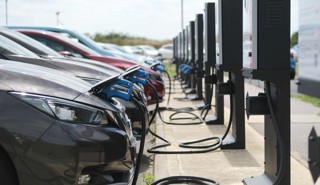
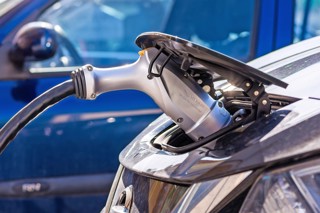
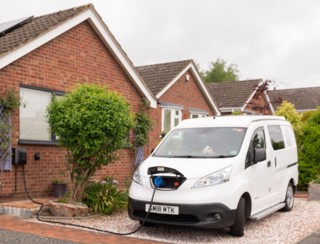
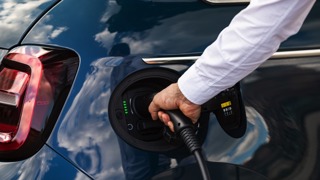












Login to comment
Comments
No comments have been made yet.